7 Things the Rumor Mill Got Wrong About the iPhone 16
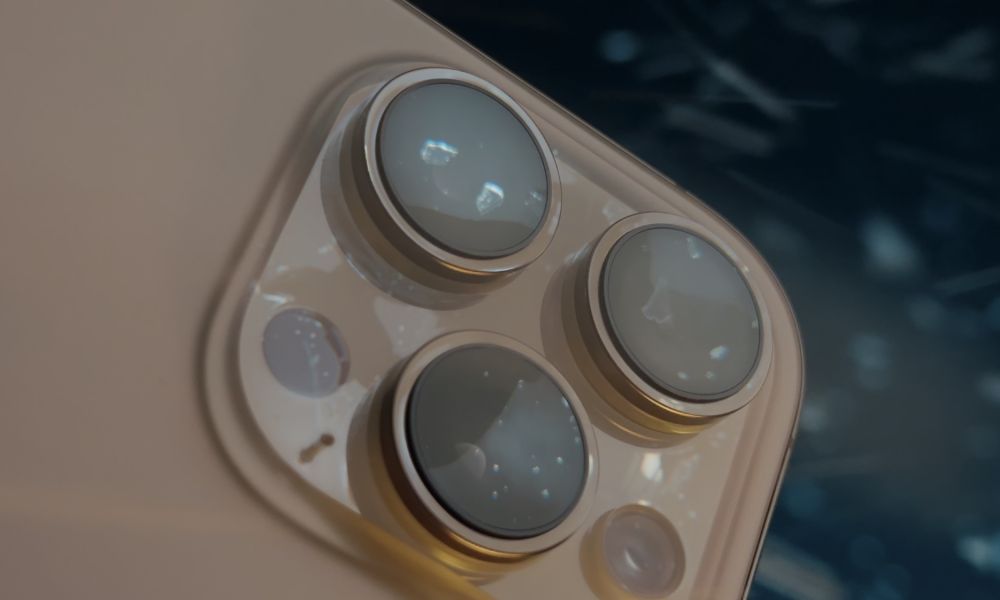
There weren’t too many surprises in store when Apple unveiled its iPhone 16 lineup earlier this week, thanks to the usual assortment of reports from analysts and leakers. However, that doesn’t mean they got everything right this year, as some hopeful predictions failed to materialize.
To give credit where credit is due, the positive reports were eerily accurate, and rumors were right far more often than not. From larger displays and thinner bezels for the iPhone 16 Pro models to the “Capture” button and the last-minute report of 4K/120fps video recording, we could have sat down and worked our way through a checklist as we watched the Glowtime event.
Nevertheless, there were a few comparatively minor misses on the list. Of course, there’s always next year’s iPhone 17. Read on for 7 things the rumors said were coming that we didn’t see in this year’s iPhone lineup.
A 2 TB iPhone Pro
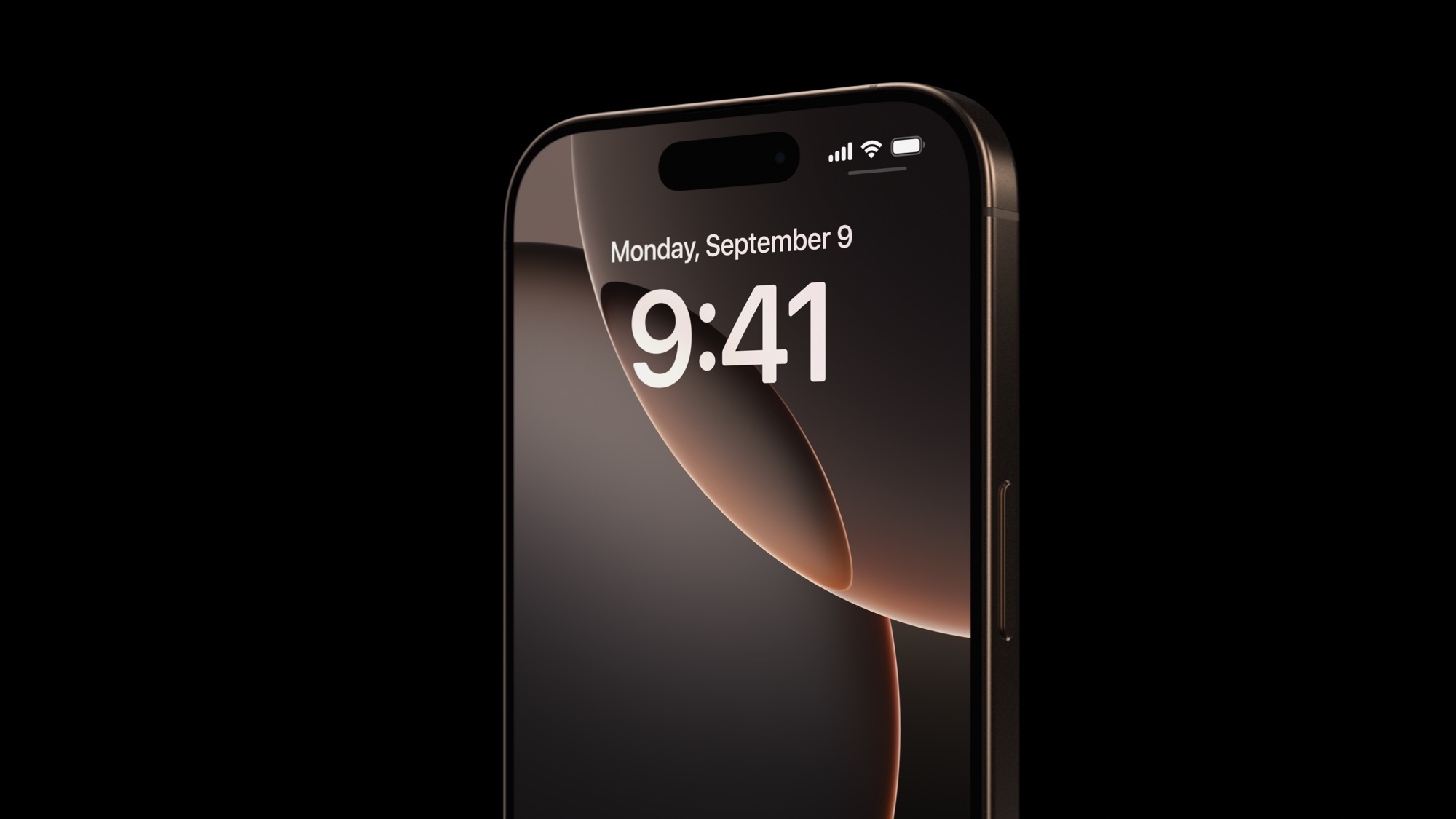
We took the rumors of a 2 TB iPhone 16 Pro with a massive grain of salt simply because it’s one that we keep hearing over and over again. One of these days, Apple will probably release a higher-capacity iPhone, and these reports will be proven right, in the same way that a stopped clock is accurate at least once a day.
Rumors of a 2 TB model began less than a month after the iPhone 13 Pro pushed the top capacity to 1 TB. Several pundits assumed a 2 TB model would quickly follow, but that was a stretch considering how rarely Apple shakes up its storage lineup. That 1 TB jump came after three years of 512 GB Pro models that began with the iPhone XS, preceded by a two-year run of 256 GB iPhones: the iPhone 7, iPhone 8, and iPhone X.
Based on that timeline, a 2 TB iPhone 14 Pro would have been premature, but it also wasn’t unreasonable to assume that the iPhone 16 Pro would be the right point for Apple to make the jump. Support for ultra-high-quality ProRes video recording demands more storage, but thus far, Apple’s solution has been to push content creators to external USB-C-attached storage devices. ProRes 4K/60fps footage can only be saved to external storage, likely because the internal NAND flash isn’t fast enough, and that’s the Triple-Level-Cell (TLC) NAND chips that Apple is using now. The Quad-Level-Cell (QLC) NAND required for a 2 TB iPhone is even slower, so it’s unlikely we’ll see a 2 TB iPhone until newer technology delivers improved performance.
A Brighter Display
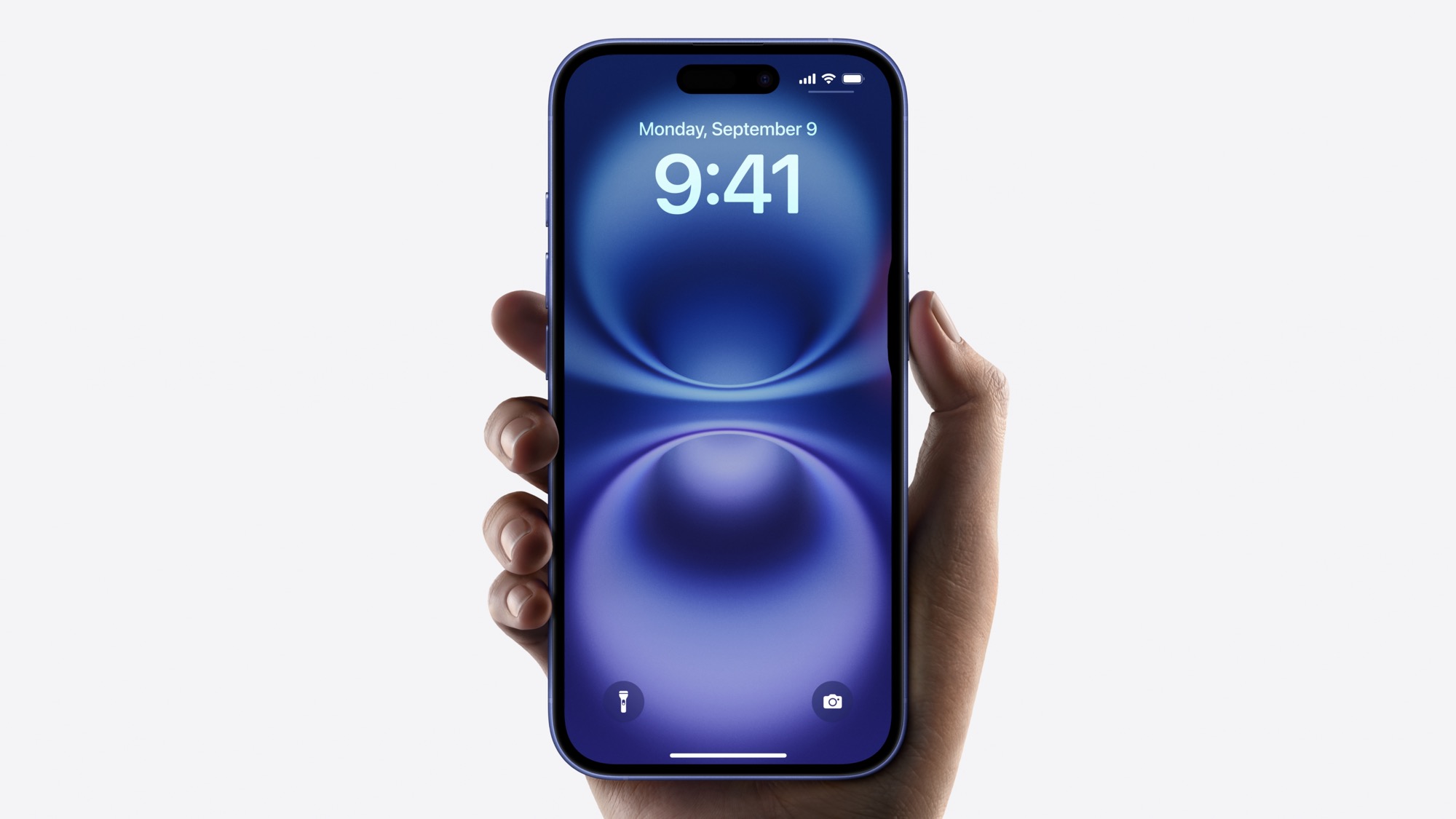
Rumors of a brighter display were a complete swing-and-miss. While Apple has brightened up its iPhone displays over the past few years, all four iPhone 16 models feature the same 2,000-nit peak outdoor brightness as last year’s iPhone 15 lineup. Those brighter displays were introduced on the iPhone 14 Pro two years ago and came to the standard iPhone 15 last year.
What the iPhone 16 does get is a much dimmer screen, with the ability to go as low as one nit of minimum brightness. Apple never specified how dim the screens could get on previous models, but it obviously wasn’t that low.
A Super Telephoto Camera
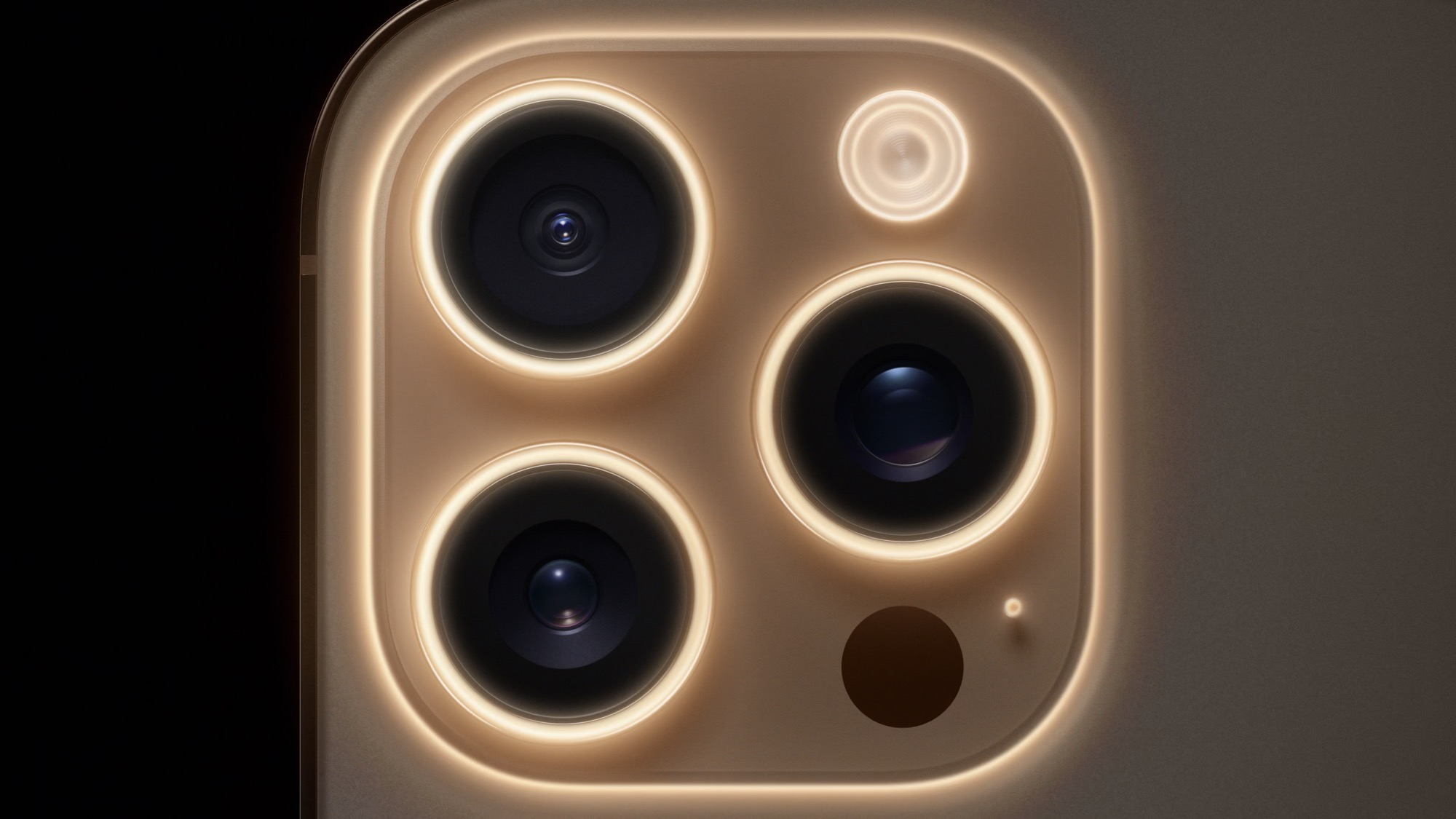
Another report that seemed a bit “out there” was the idea of Apple bringing a Super Telephoto Camera to the iPhone 16 Pro Max. After all, the company had just finished bringing its 5X tetraprism lens to the iPhone 15 Pro Max, so it felt too soon for Apple to make another dramatic leap to an even higher zoom factor.
With reports of Apple bringing that 5x lens to the iPhone 16 Pro (which did happen), some pundits felt that the iPhone 16 Pro Max had to get an even longer focal length to remain ahead of its smaller sibling. However, Apple has never deliberately chosen to separate its two iPhone Pro models, and they’ve more often had the same camera specs than not. The only exceptions were last year’s iPhone 15 Pro Max and the 2020 iPhone 12 Pro Max, which had a 2.5X telephoto lens, while the iPhone 12 Pro maintained the same 2X focal length as its predecessor. In both cases, those resulted from the Max model having more room for larger and more advanced lenses, but in both cases, Apple brought things back into parity in the following year’s models.
Solid-State Buttons
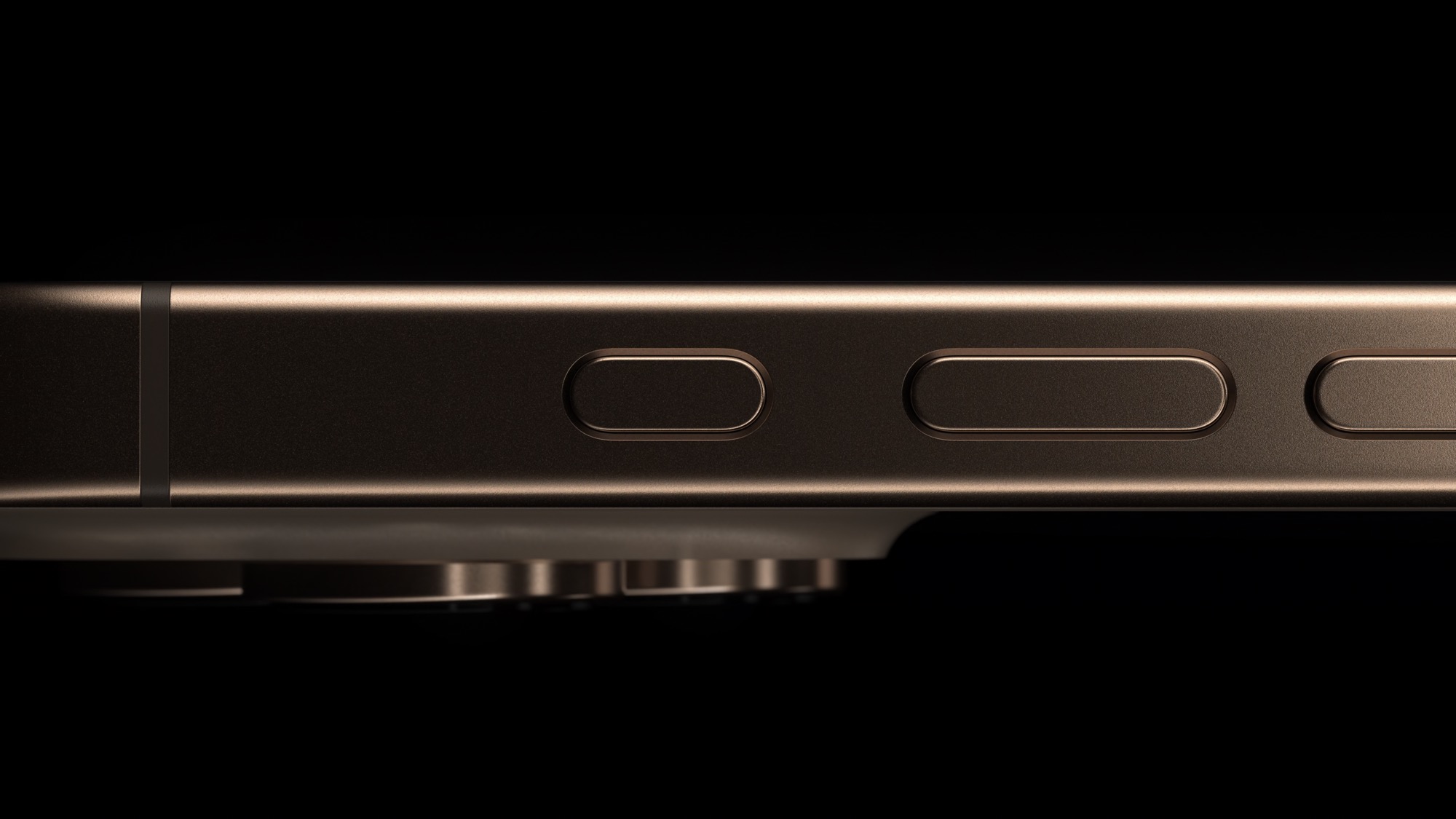
Rumors of Apple switching from mechanical to capacitative solid-state buttons go back nearly two years, with reports suggesting they were slated for the iPhone 15 Pro but were scrapped due to engineering issues.
With the idea that the work was “almost” done, many believed Apple would try again with the iPhone 16. However, while rumors of the capacitative Capture button turned out to be remarkably prescient — only the name differed, with Apple choosing to dub it the “Camera Control” — the other standard volume and side buttons remain as mechanical as ever.
Price and Capacity Increases
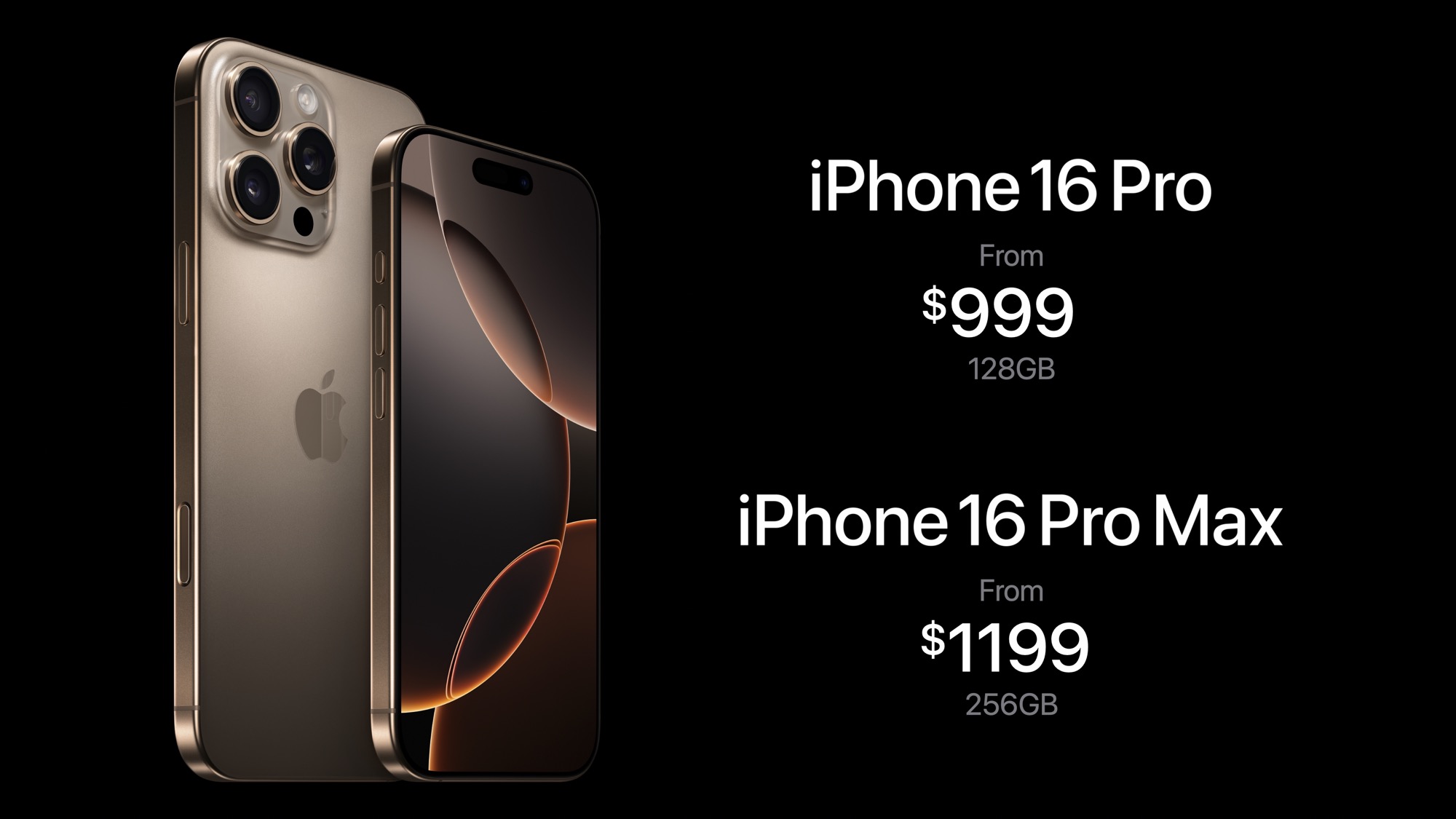
One of the most delightful surprises this year was that Apple hasn’t increased the pricing of any of its iPhone 16 models. The rumor mill had made some folks nervous that the iPhone 16 Pro models would get a higher price tag, but the iPhone 16 Pro and iPhone 16 Pro Max still start at the same $999 and $1,199 price points as their predecessors.
Last year, Apple dropped the 128 GB iPhone 15 Pro Max, raising the entry price for those who wanted the largest flagship model. That wasn’t technically a price increase, as the 256 GB version sold for the same price as all the second-tier models before it, all the way back to the iPhone XS Max. However, it did eliminate the more affordable Max option.
Some believed it would repeat that with the iPhone 16 Pro, but $999 remains a “sweet spot” in the pricing game — one that Apple isn’t willing to abandon. While we hear rumors of price increases each year, usually from analysts crunching Apple’s supply chain costs, the company somehow manages to avoid them. The 128 GB iPhone 16 Pro starts at the same $999 price tag as the iPhone X did seven years ago with half the storage.
Polished Titanium
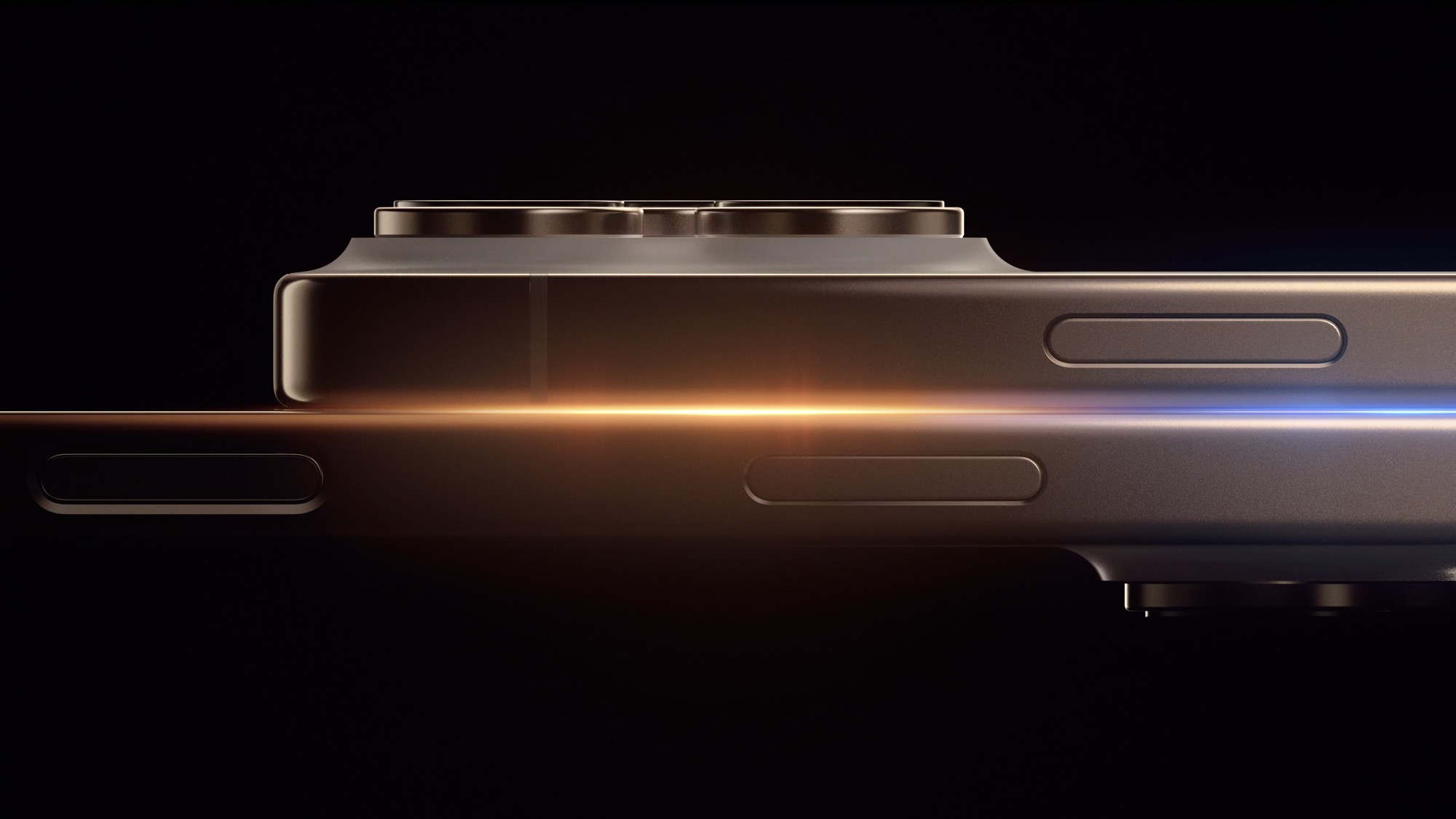
In addition to the new Desert Titanium color — a name that leaker Majin Bu nailed back in February — sources pointed to Apple returning to the shinier stainless steel look of the iPhone 14 Pro by adopting a polished titanium finish for the iPhone 16 Pro models, rather than the textured or brushed titanium of the iPhone 15 Pro.
While polished titanium didn’t come to the iPhone, it did arrive on the Apple Watch Series 10, so it’s possible that some leakers confused the two products, hearing about polished titanium and assuming it was for the iPhone 16 Pro.
As for the colors, it’s worth noting that Majin Bu was only half right. While Desert Titanium turned out to be remarkably accurate, the “Cement Grey” or “Titanium Gray” they predicted was nowhere to be found. Instead, Apple stuck with the standard natural titanium finish from the iPhone 15 Pro.
Thursday Pre-orders

Another rumor that appears to have just been a guess was that Apple would open iPhone pre-orders on a Thursday rather than its usual Friday. This undoubtedly stemmed from Apple’s unprecedented choice of a Monday for its Glowtime event. It’s the first time in Apple history that a fall iPhone launch event has been held on a Monday (which, combined with the date, also led some to believe Apple would host an Apple Watch anniversary extravaganza), so some concluded that the earlier event date would also mean earlier pre-orders.
It was a logical assumption that turned out to be wrong. When you look at Apple’s event trends, there’s never been a fixed number of days between the event date and pre-order date. While Tuesday/Friday is the most common mix, Apple has also held its events on Wednesdays — typically when the Tuesday conflicts with Labor Day or 9/11 — but only once has it opened its pre-orders on a Saturday. That was with the iPhone 6s in 2015, but that was also the only year that shipments and in-store availability came 13 days after pre-orders rather than the following Friday, so there was more going on here than merely the Wednesday event date.

